April 19, 2021 | Awards
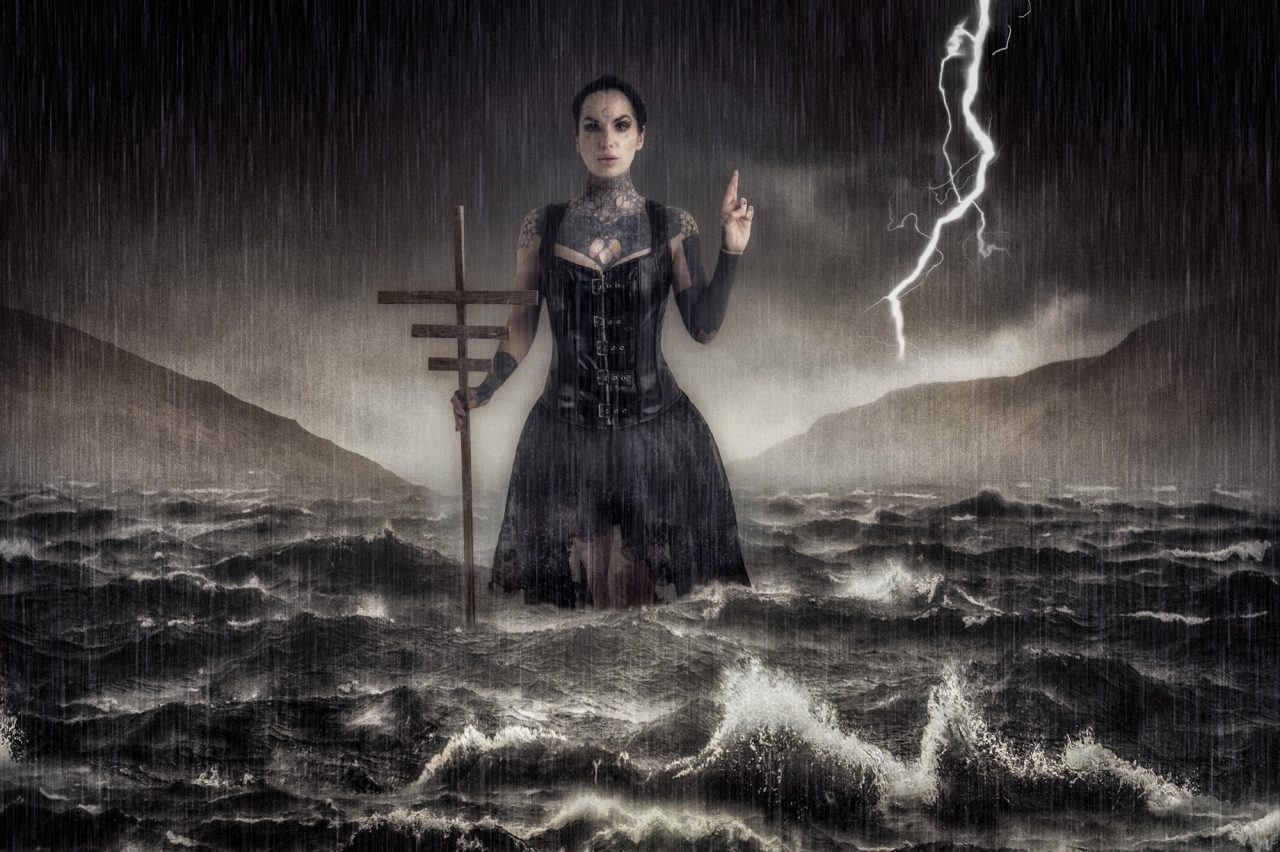
While the core of Brendan’s day-to-day work consists of Press and PR photography, the images that have been awarded this year are products of what he chooses to do in his spare time. Personal work is incredibly important for any working professional photographer as it gives us an opportunity to exercise our creative muscles — and Brendan takes full advantage of his opportunities. Taking inspiration from classical works of art — including literature — he creates dark, mystical imagery that lingers in the mind.
Would you share with us a little bit of background on the awarded work?
I have a small studio at the rear of my house where I used to shoot family portraits, but I made the decision to end that line of business as it requires a lot of marketing to get viable numbers through the door. Most of my business is commercial, and I found the effective hourly rate from commercial work higher than that of family portraits. One point to note is that the nature of my commercial work, (mostly events, headshots, press releases) doesn’t lend itself to the creation of award-winning images as the brief is to get in, get the shot, get out, and get paid. A fine illustration of the age-old photography question “do you shoot for dough or shoot for show?”
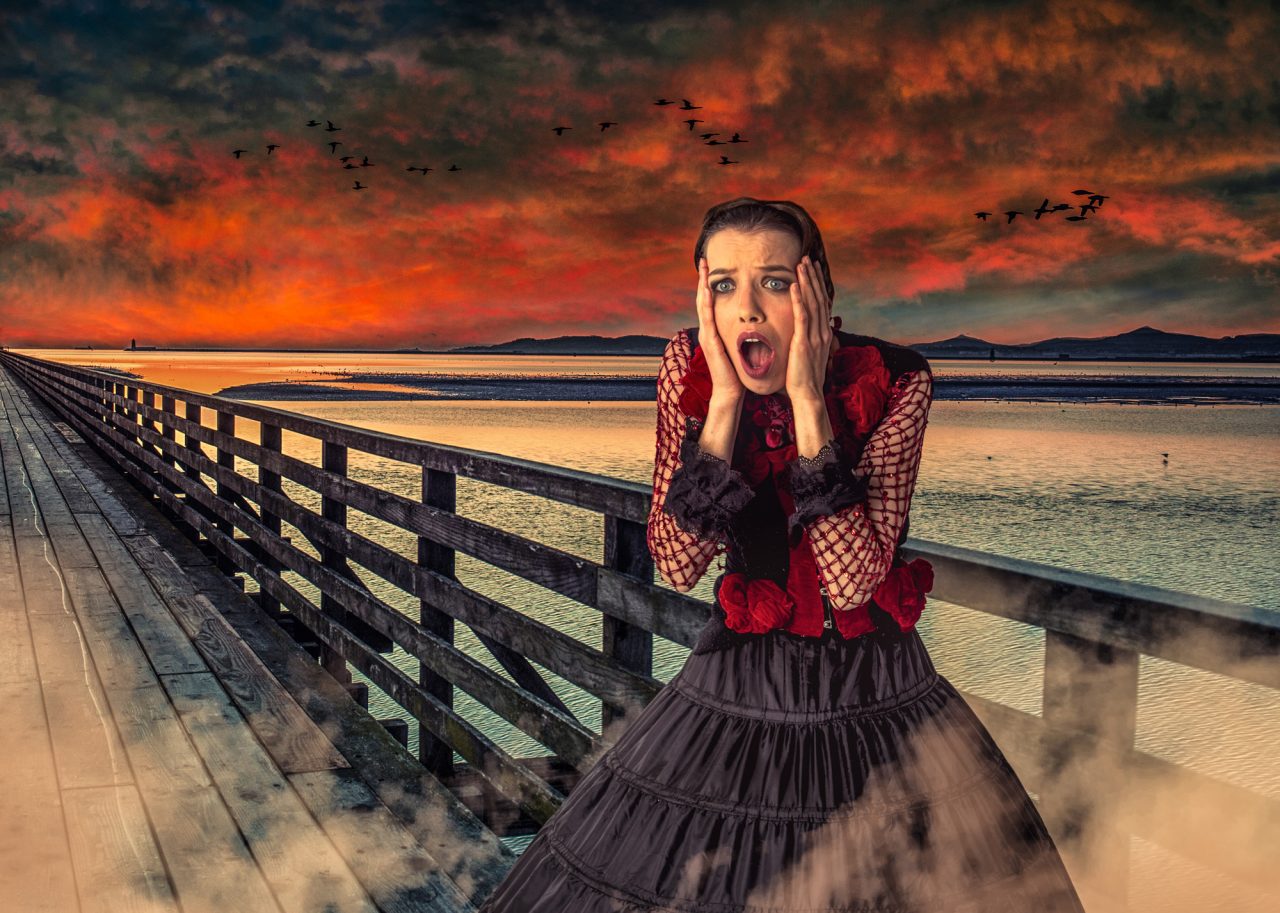
Now, I use my studio to shoot creative projects, usually with a model and a makeup artist. I have every intention of selling prints of some of the results and of selling the digital images via a stock site, most likely Alamy as I have a sales account with them. I just haven’t got around to it yet!
I buy props on Amazon and eBay. I have bought stuff using the Wish app, but most of it is cheap junk. That said, cheap junk can be fine for a creative photograph, although you sure wouldn’t wear it on a night out. In an ideal world, I would work with a designer/stylist, hairdresser, MUA, and set designer but I don’t have the budget required for a whole team. Sometimes I will shoot without the MUA, but for creative portraits, I believe a good MUA is critical, and the results will show in the final image.
I look for inspiration in paintings and other art. Three of the four images that made the final panel for Fine Art were based on Tarot cards as was one of the Open Creative.
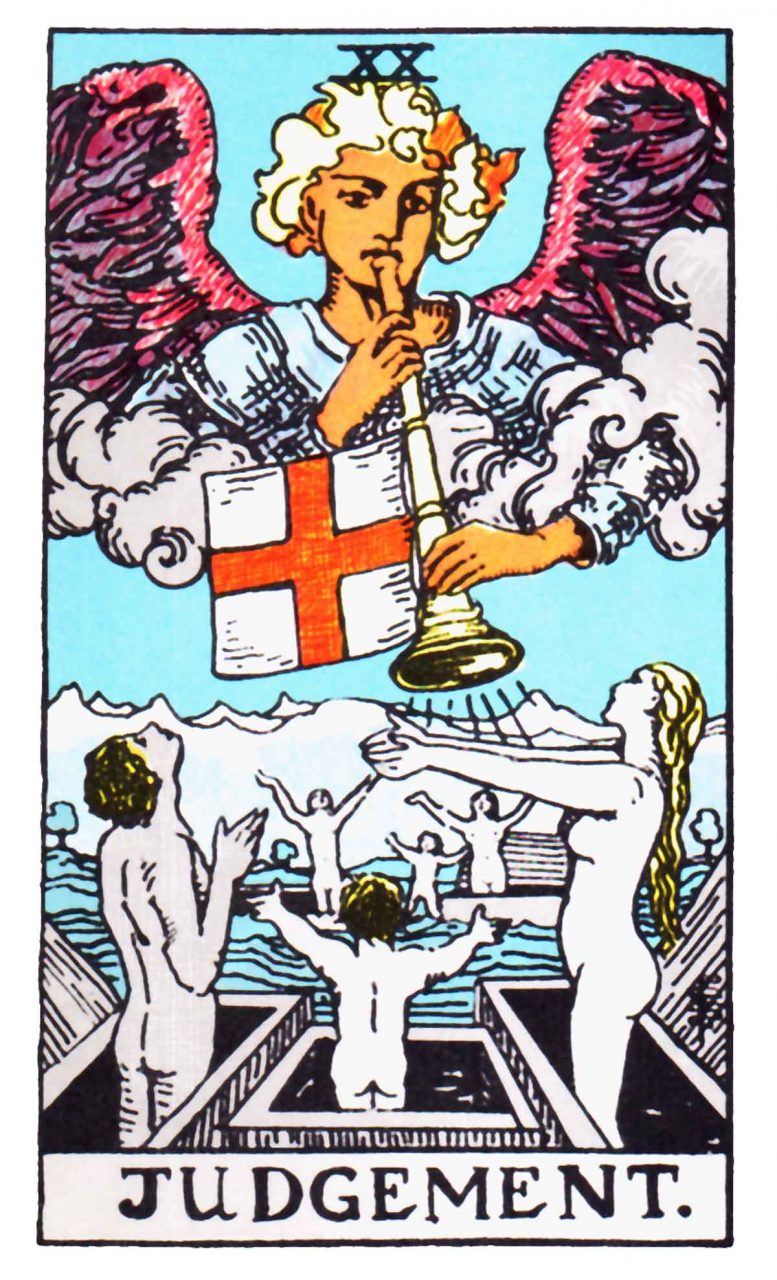
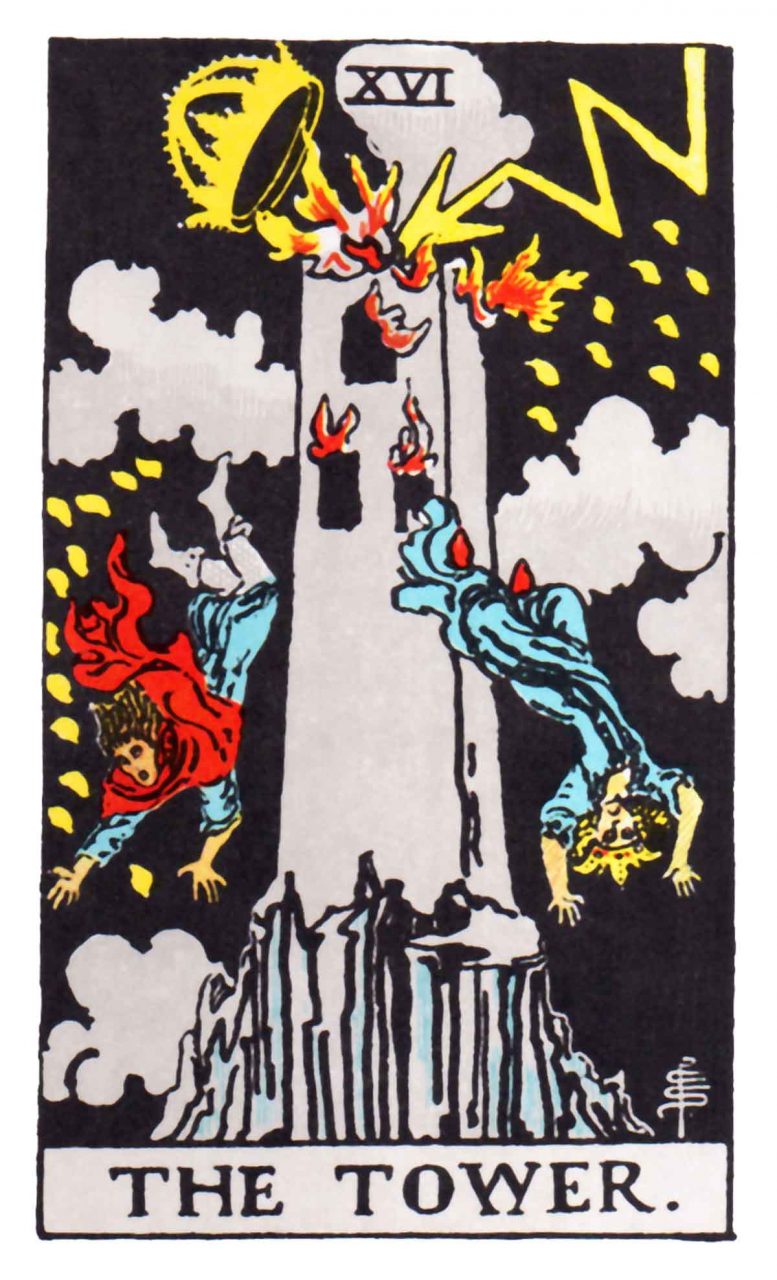
Of late, I have experimented with a steam punk/gothic style as I happen to have a lot of props that lend themselves to that look.
Awards are important. They are a great way of establishing confidence in one’s ability as a photographer and perhaps more importantly, the pursuit of awards can make one strive to be a better photographer. I can say with certainty that the IPPVA awards have made me a better photographer, and indeed, I might cringe a little when I look at the images I entered ten years ago. But like I said, I learned. I got better.
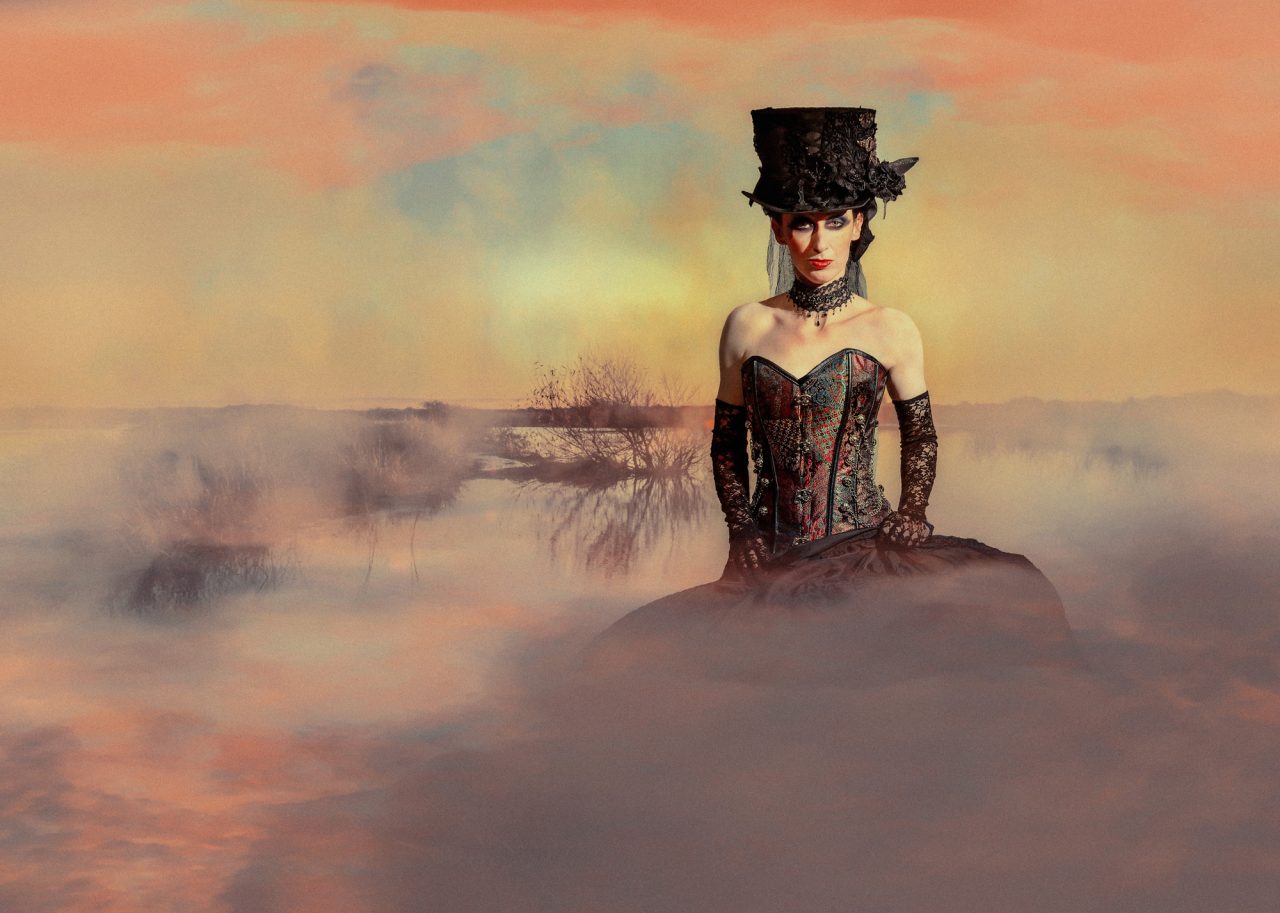
When I won the Portrait Photographer of the Year award in 2017, my top portrait (Gold medal in IPPA, Gold in SWPP, and Merit in 20×16 print) was based on a painting by Swiss artist H.R. Giger. The painting was used on the cover of Emerson, Lake, and Palmer’s LP, Brain Salad Surgery. Yeah, I know. You might want to be a prog-rock fan to get that. In any case, H.R. Giger was a major contributor to the artwork, set design, and the look of the alien in the movie Alien. The H.R. Giger and the portrait are below. The model was the brilliant Fredau.
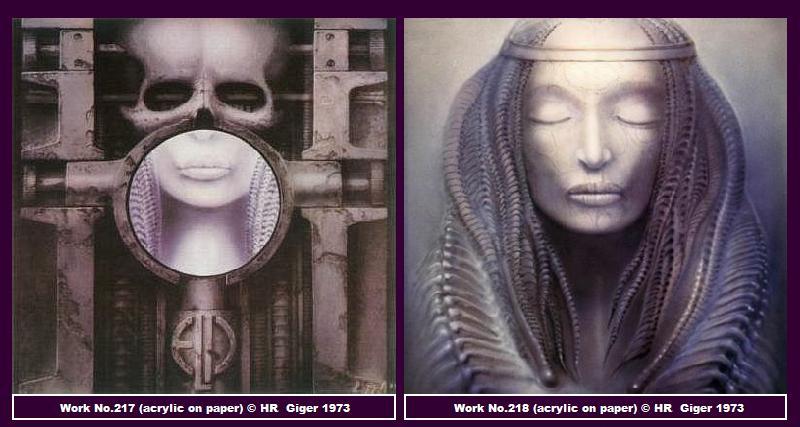
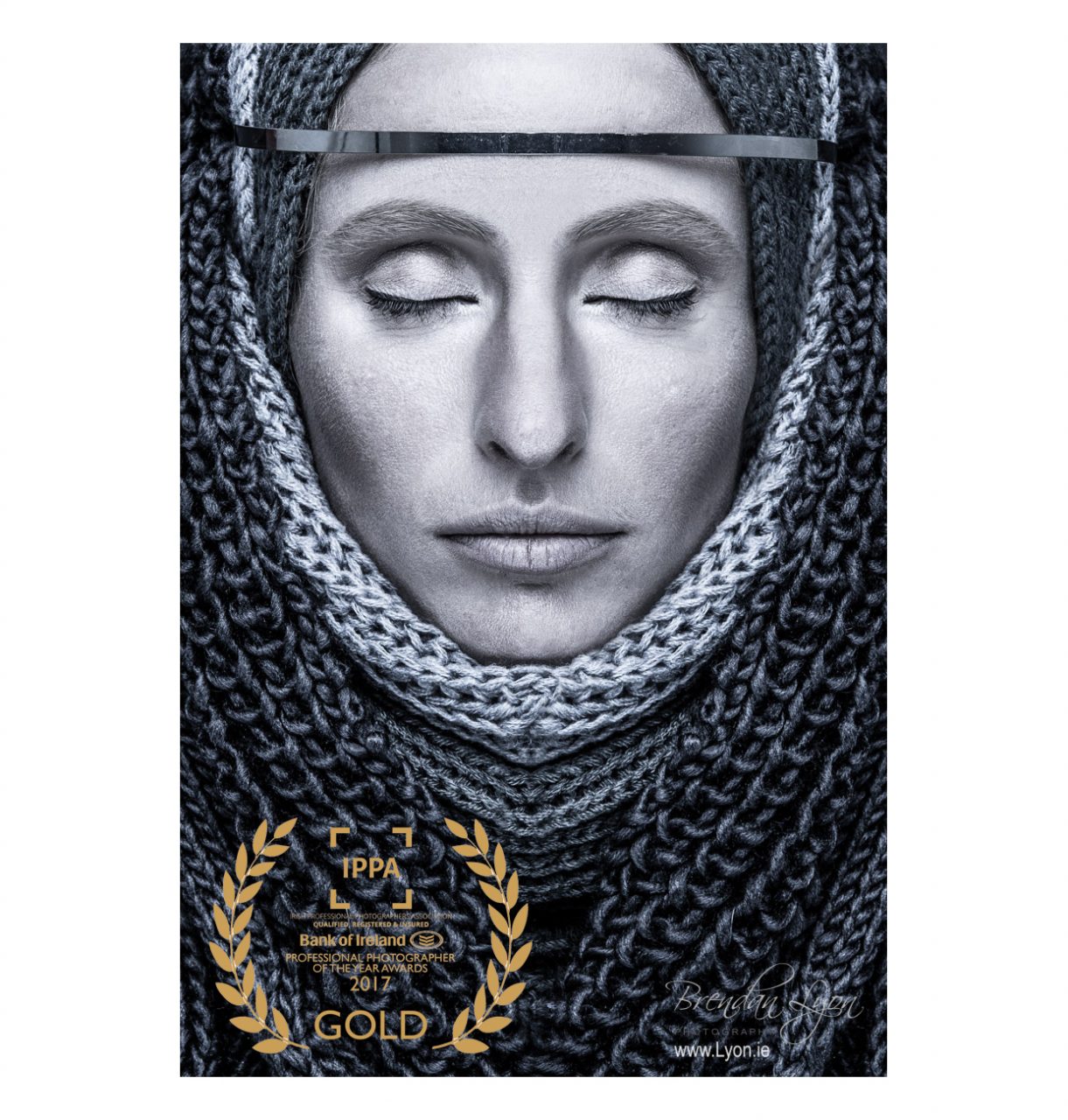
The image inspired by the devil tarot card is a composite of five images. Three of Denisa in the studio, one of the sky and one of gothic type tomb in Glasnevin cemetery.
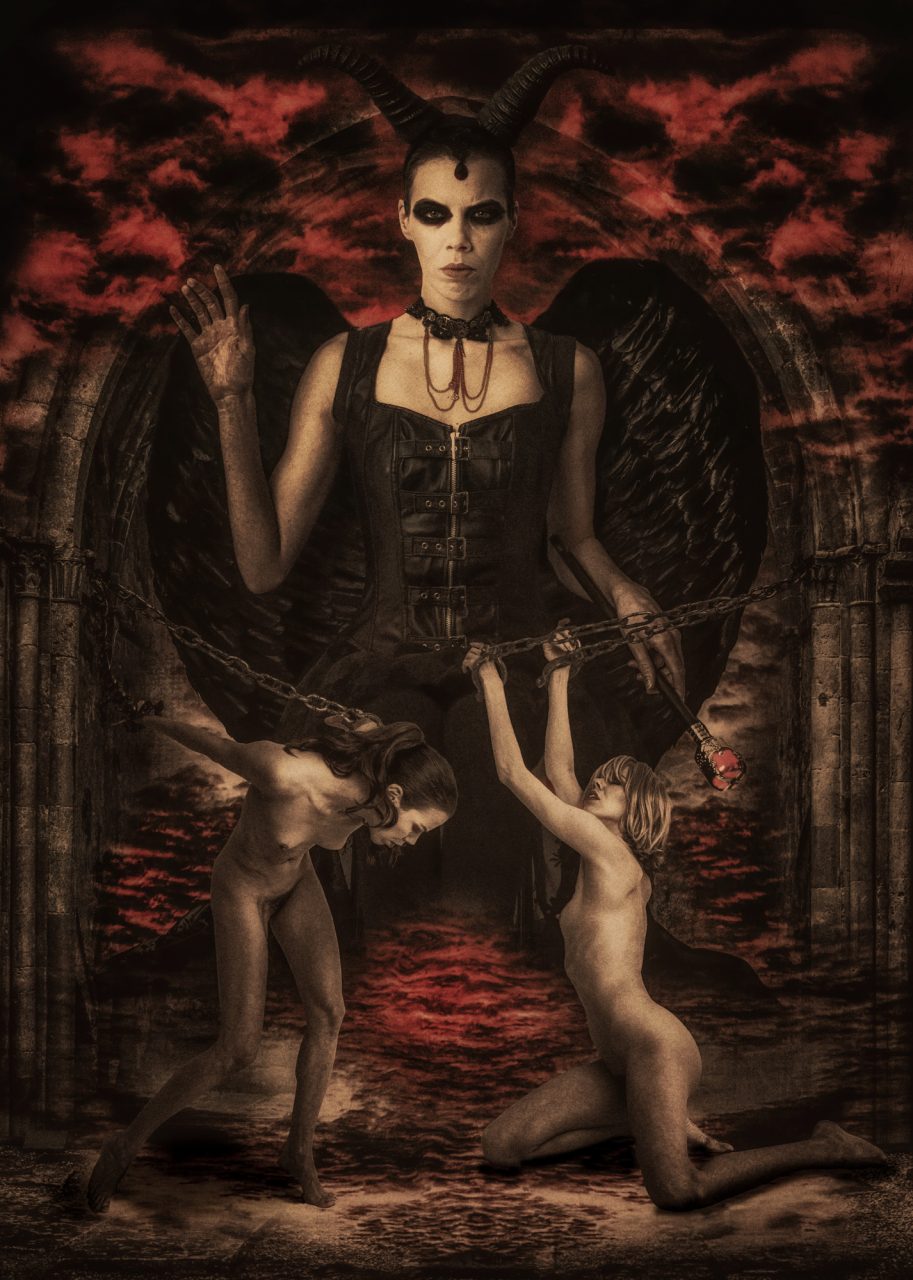
The tower struck down is the lighthouse on Rockabill off Skerries with brushes I made of terns.
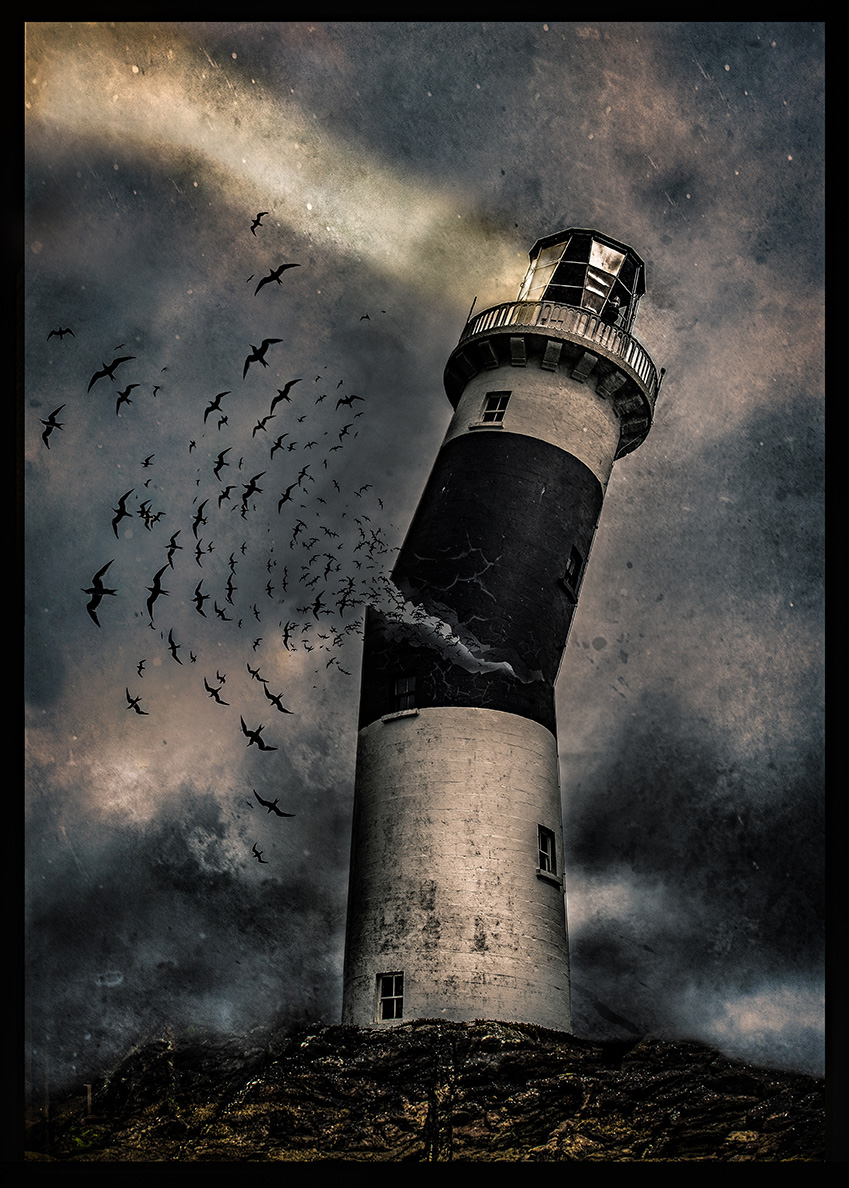
The Judgement tarot card is also a composite of five images. Three of Anna-Catherine in my studio, a landscape in Kerry, and a sky shot. I created the crosses using a brush I made.

We know a lot of our readers will love to hear more about gear, equipment and post-treatment. Tell us more.
I shoot with Nikon gear. I use a D4 in the studio with 24-70 2.8 lens. My studio is small, and I tend to use one large softbox angled to the subject’s left with a reflector to the subject’s right. For some portraits, I place the softbox straight onto the subject with a reflector on a stand around the subject’s chest level which gives a pleasing shadowless portrait.
I sometimes use a Fresnel for high contrast BW portraits (“Hollywood Style”) and to include interesting shadows in the image.
For post-production, I use Lightroom, Photoshop CS6, DxO filters (formerly NIK), and a variety of brushes and actions, some of which I have created myself. Lately, I have been creating my own brushes to create artistic effects. Many of my images are now composites where I shoot the model in the studio against a plain white background and isolate the model in CS6.
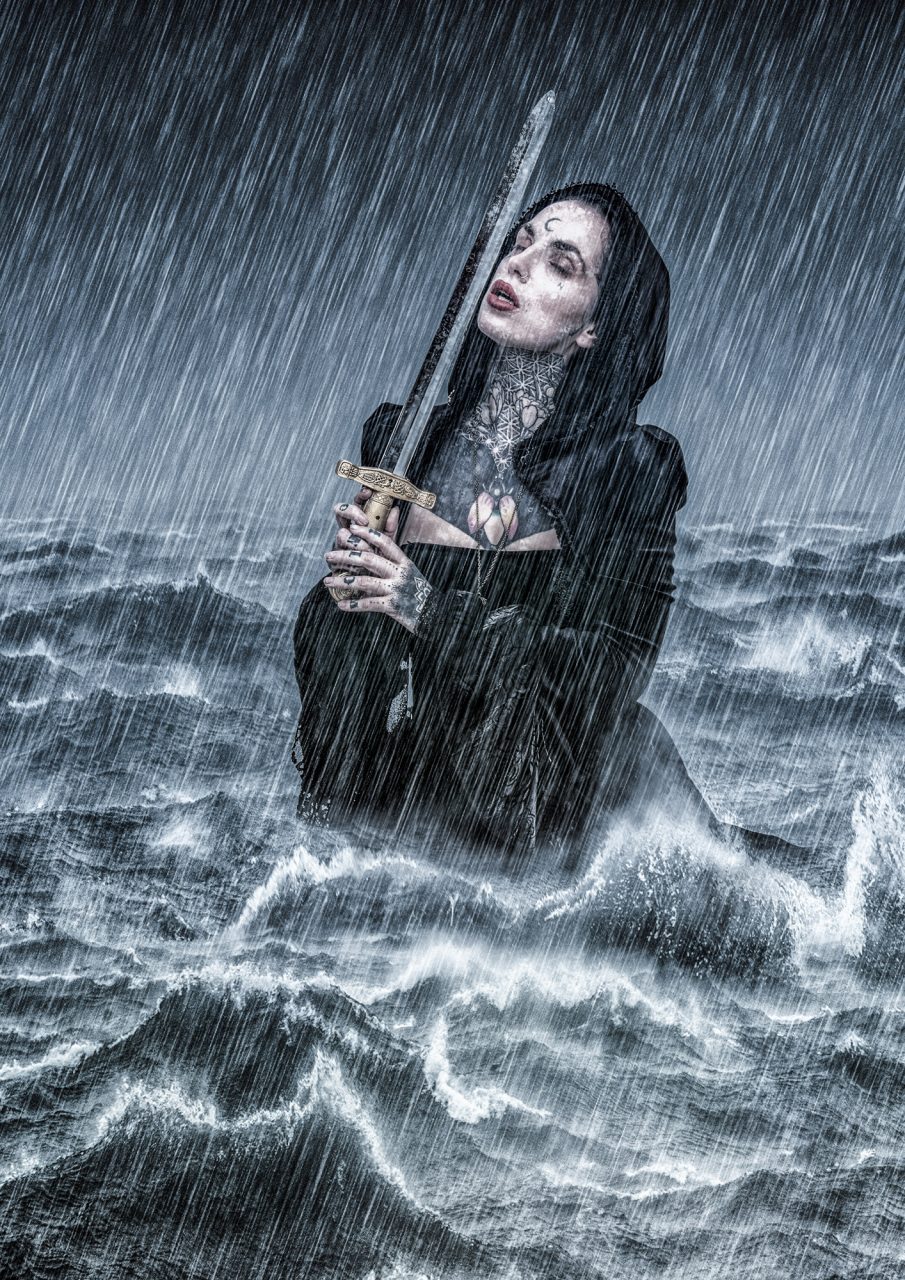
I tried using a green background, but it was a nightmare to separate – green light reflected back all over the subject. Without going into great detail, plain white is the best background where the model is kitted out in dark clothing – contrast is king when isolating the subject from the background.
That’s not to say you can’t do it with low contrast. God knows I have spent hours doing it. The task is just harder and you’re more likely to make a mistake that you only notice further on in the process — Key point: always use layers.
In creative work, skills with compositing, actions and brushes are key.
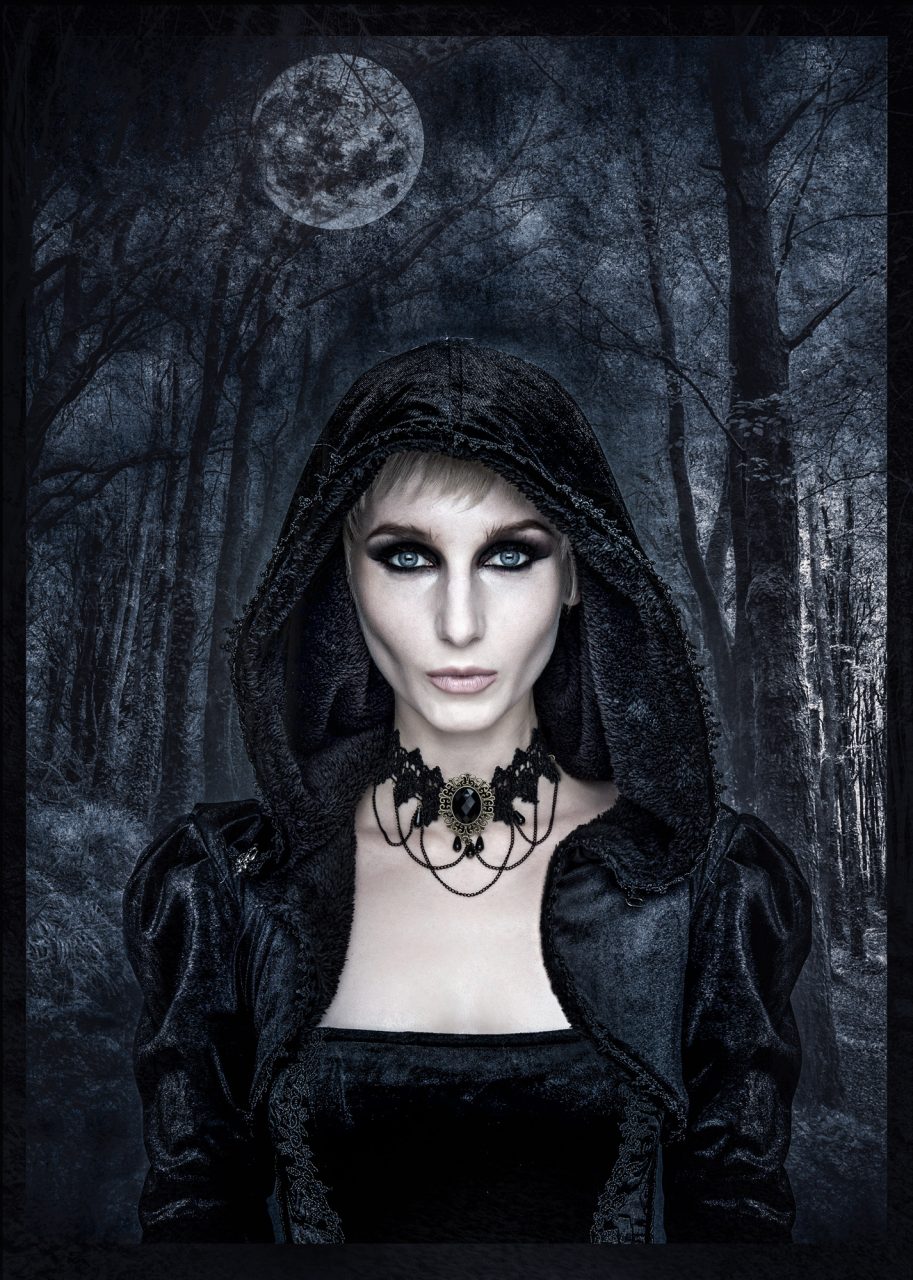
What are you working on at the moment? Any personal projects or commissions you want to share with us?
Sure! I am working on the next draft of my second novel! Thanks to a particularly nasty virus, I currently have no photographic work on.
Is there a particular image or artist that has inspired/moved you?
No one artist. If I’m looking for artistic inspiration, well, in pre-pandemic times, I would take a wander around the National Gallery or browse through a book of an artist’s work.
That said, I am looking at sketches by Gustave Dore, specifically his drawings inspired by Dante’s Inferno. However, when I apply artistic brushes in CS6 to create a sketch effect, I may be pushing the image from a photograph to a digital art piece. Photo competition judges might not like them.
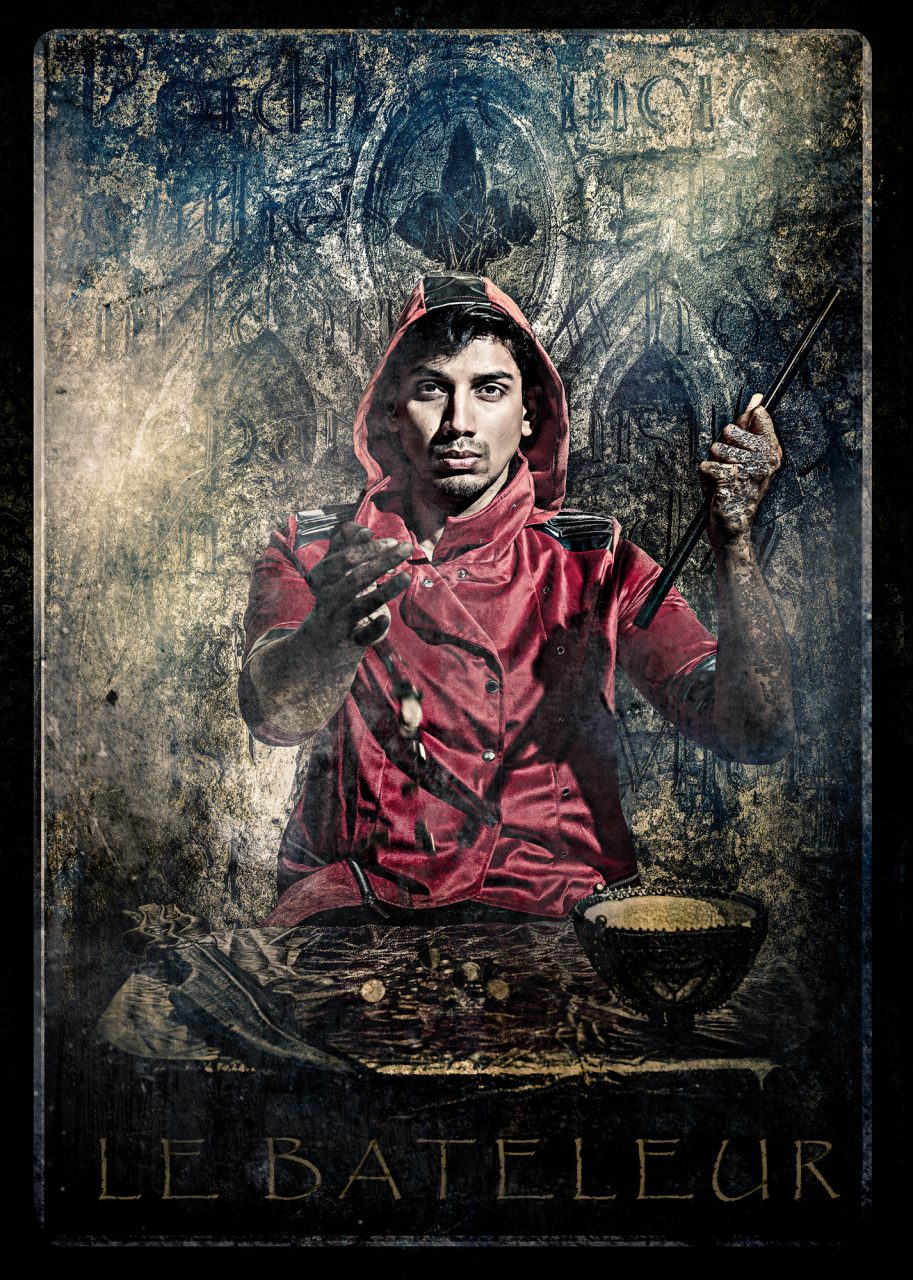
Have you had any other professions before becoming a photographer? Did you study photography or are you self-taught?
I worked in IT as a consultant in the City of London and then in the Aviation sector prior to moving back home to Dublin where I took up photography full-time. However, before turning professional in 2007, when I was a teenager, many years back, I was introduced to Jobo drums, Cibachrome, Ilford, and Agfa papers. Could load and unload stuff like FP4 and HP3 with remarkable dexterity.
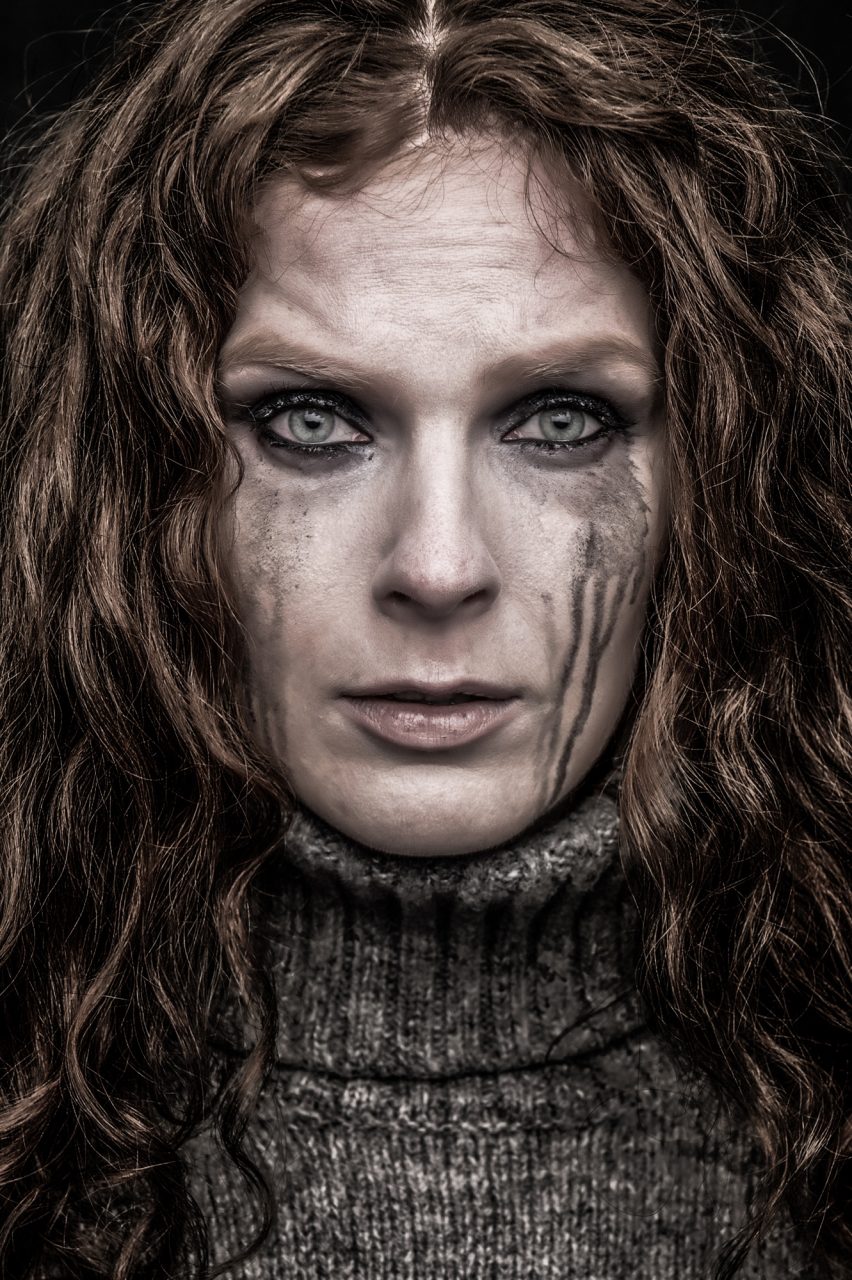
What would be your three main tips for a photographer with a strong portfolio of personal work wanting to start a business?
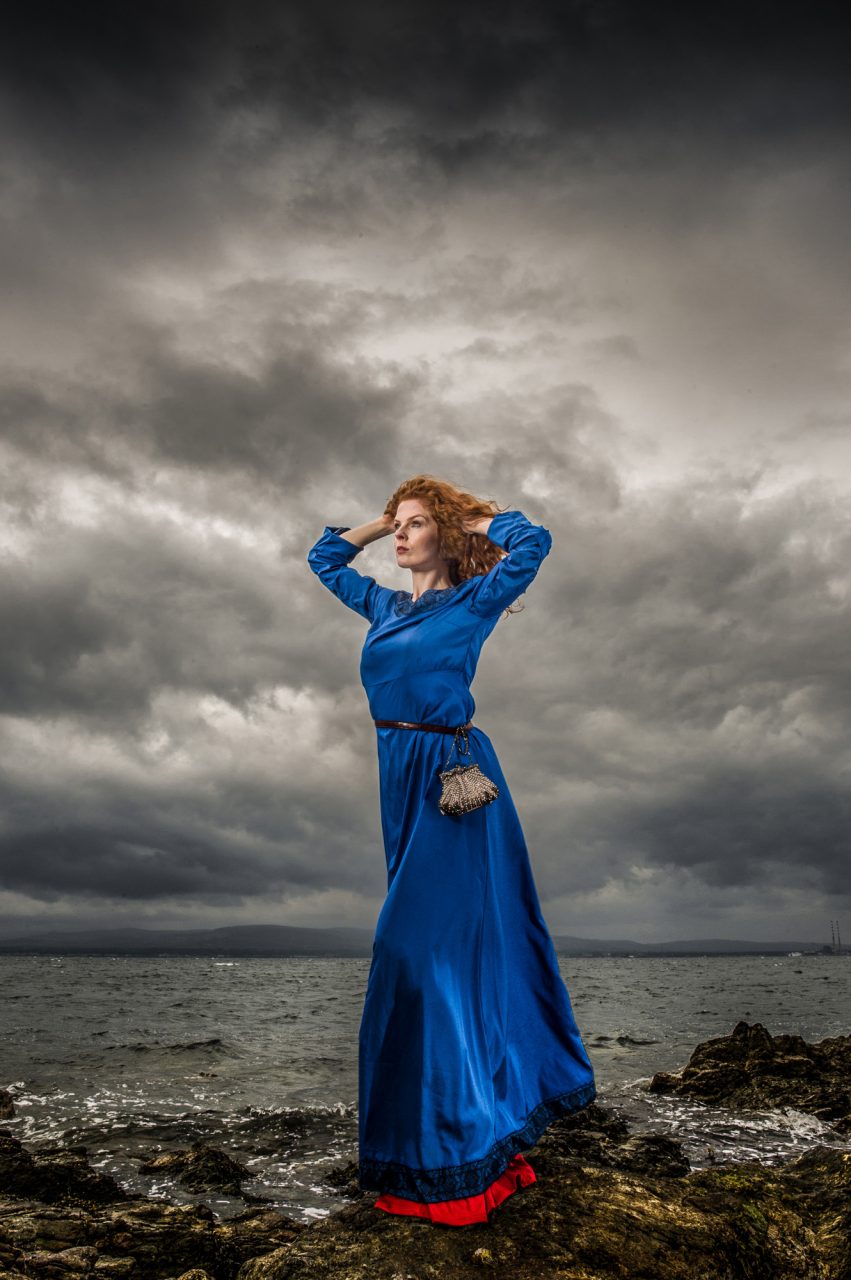
What would you most love to photograph right now if Covid restrictions weren’t a reality? What do you miss the most?
A brand-new creative project with an unlimited budget and no pressure. Now, where did I put my lottery ticket…
Notifications
No Comments